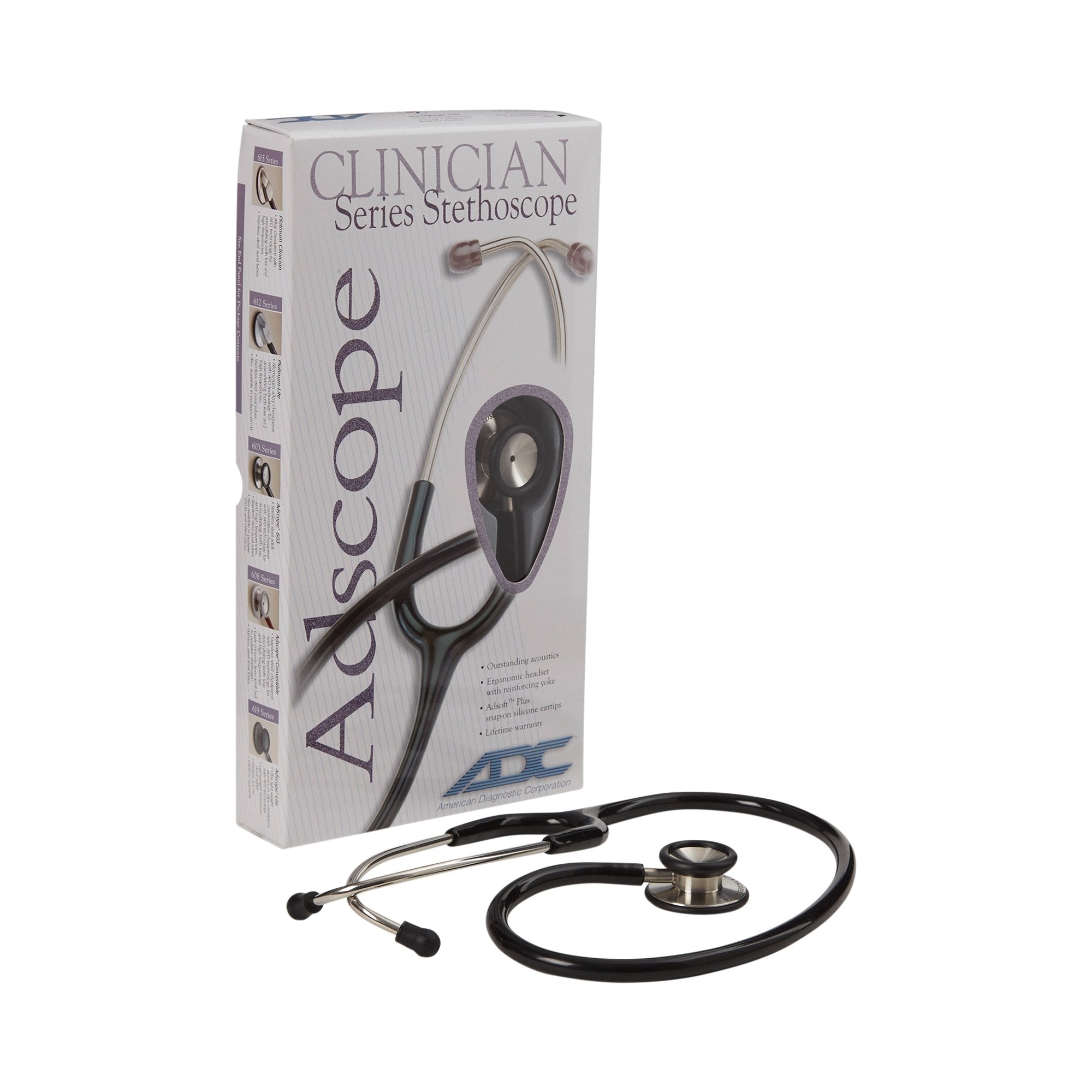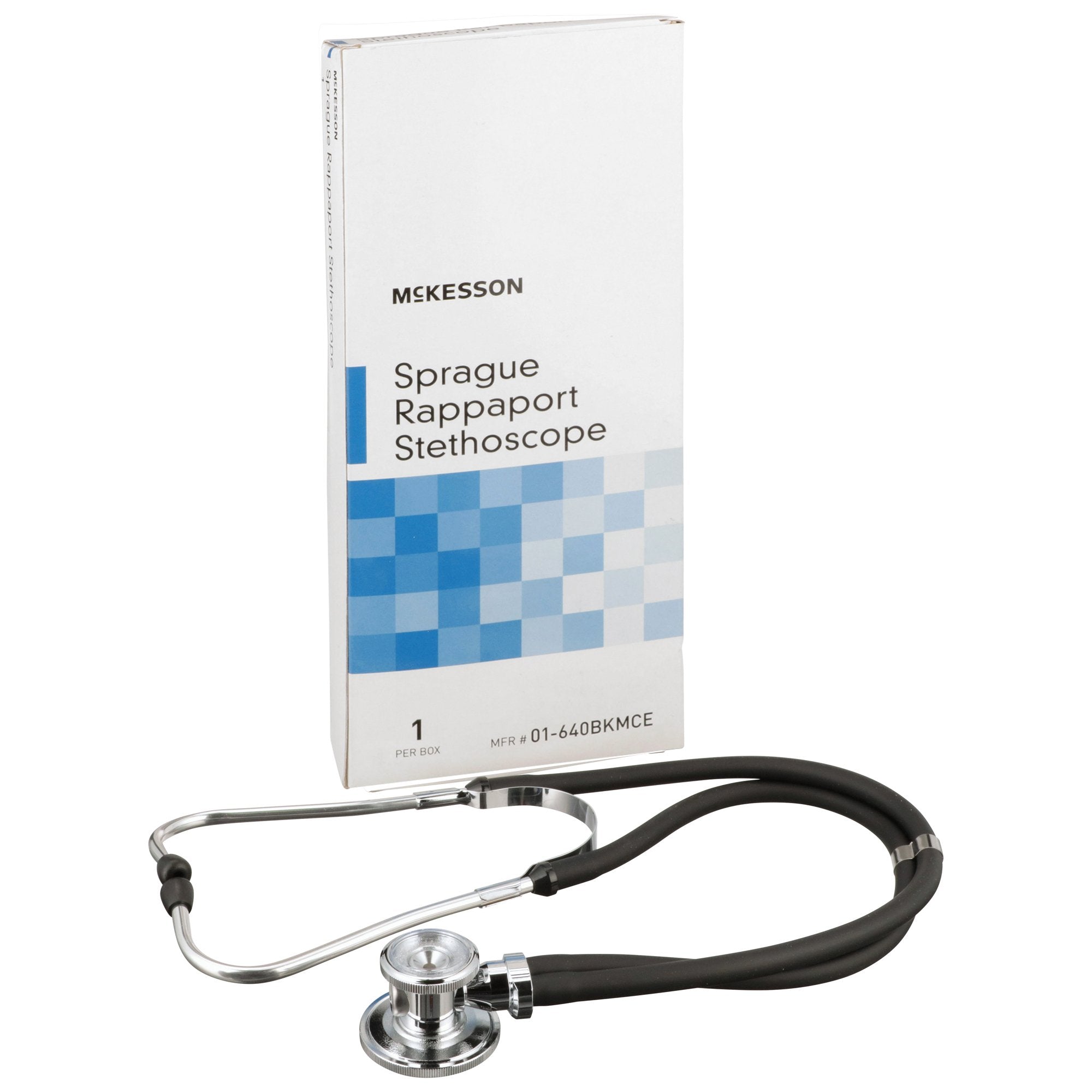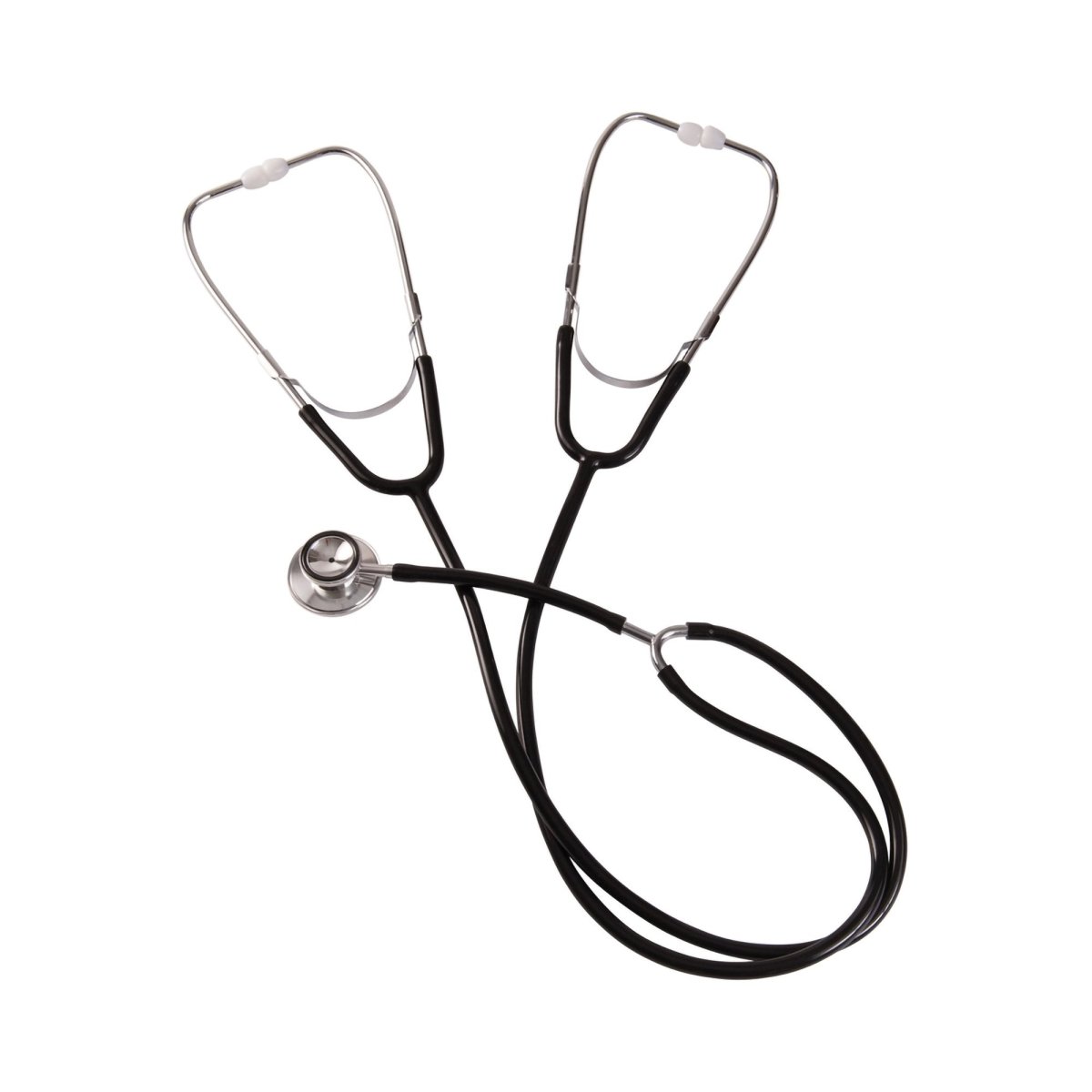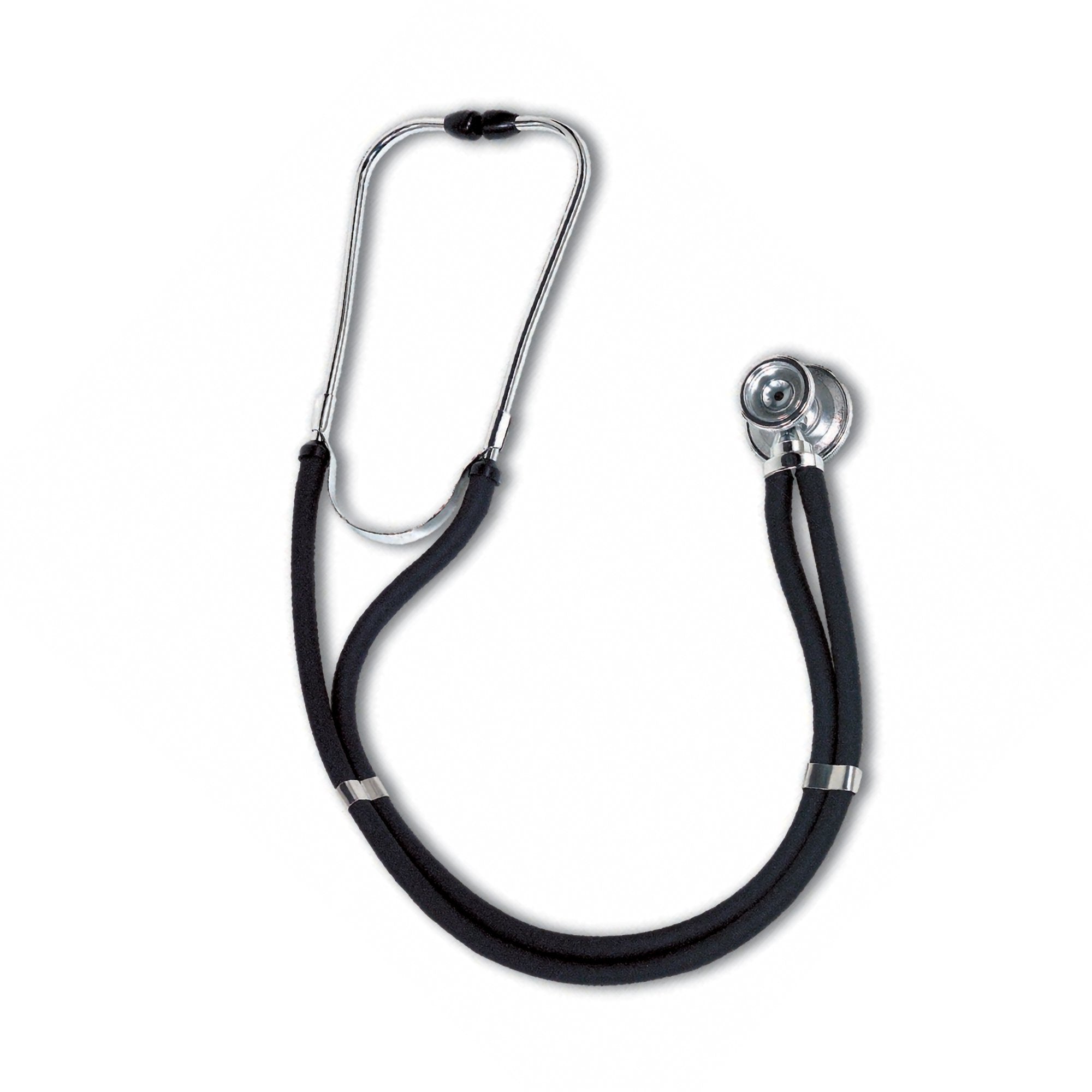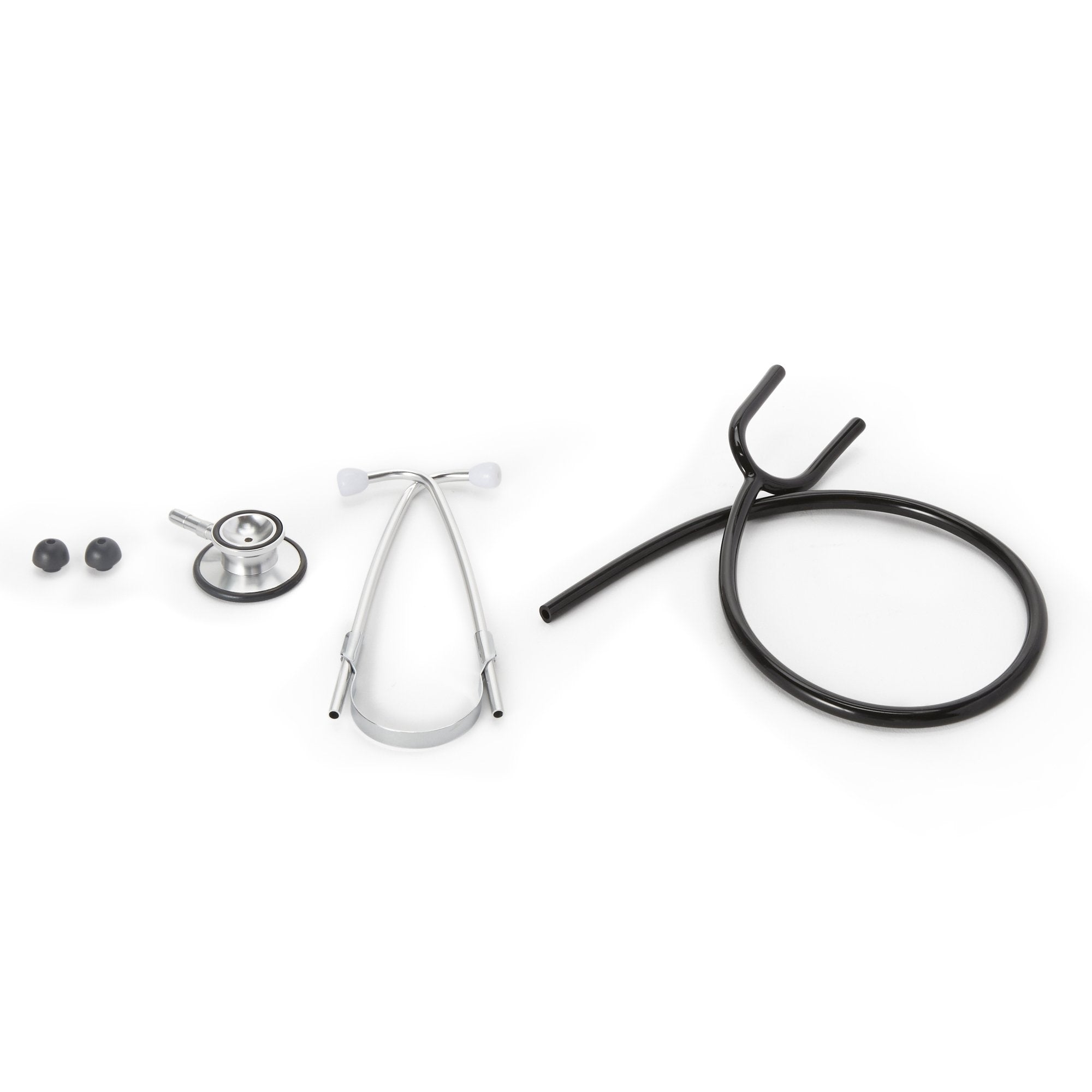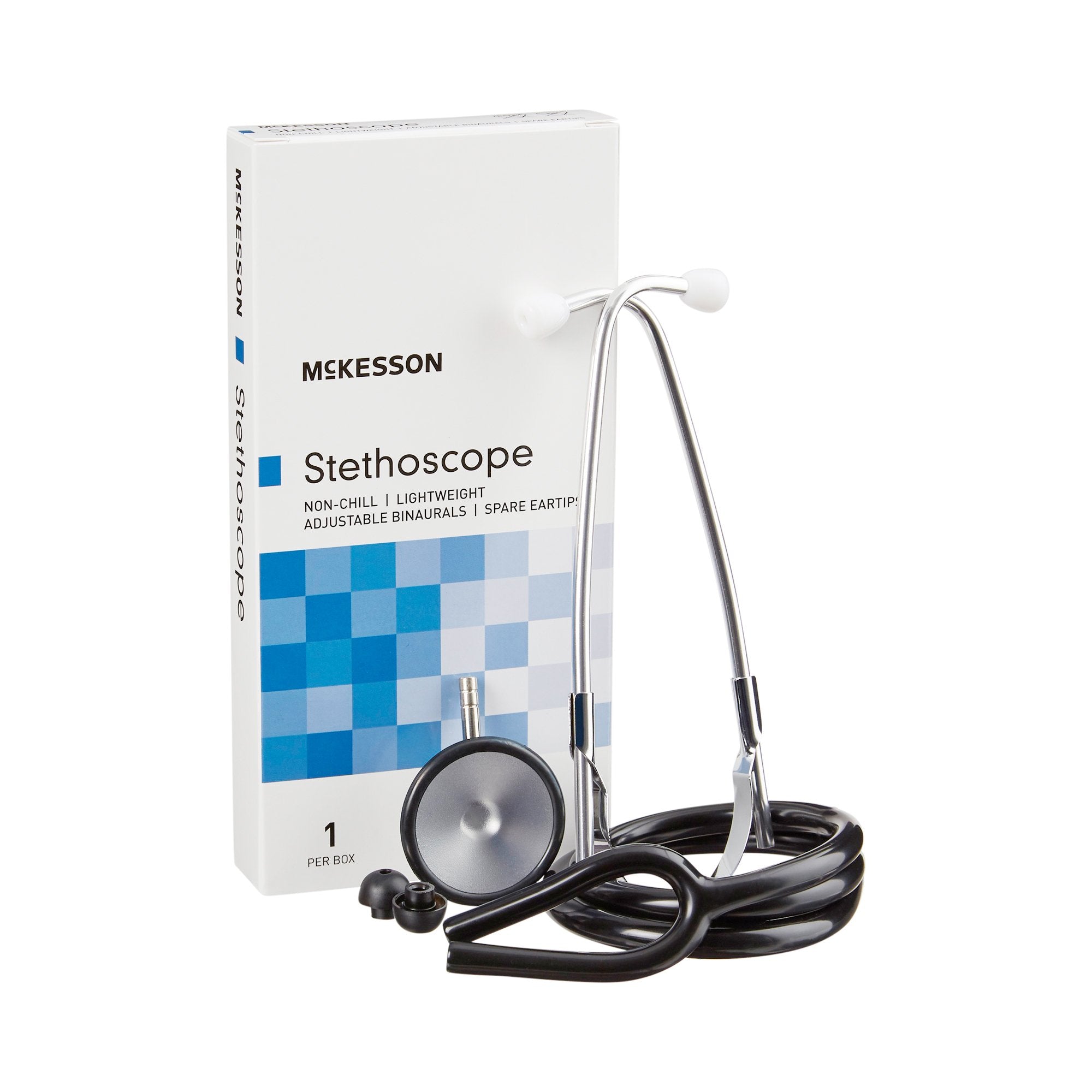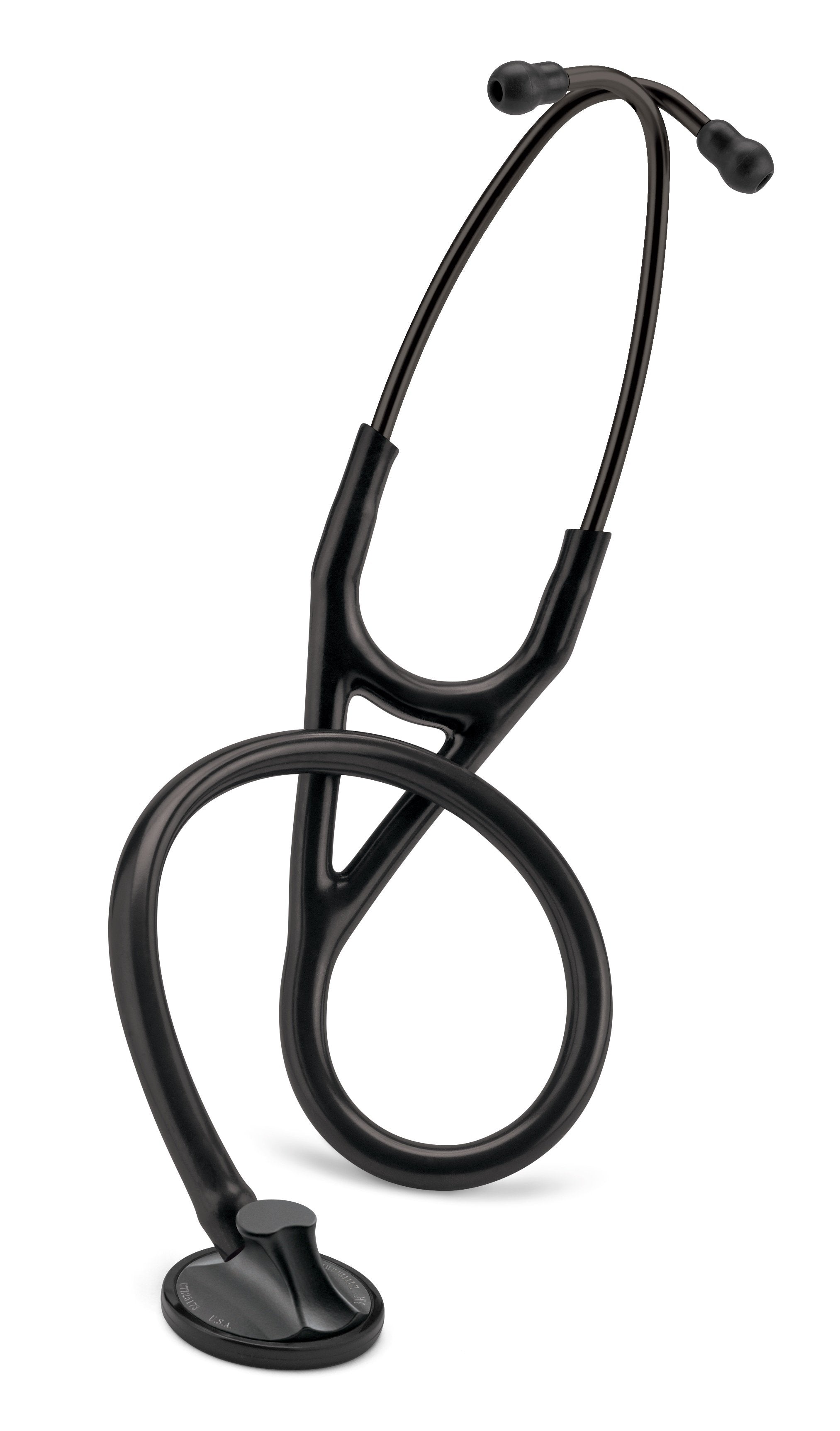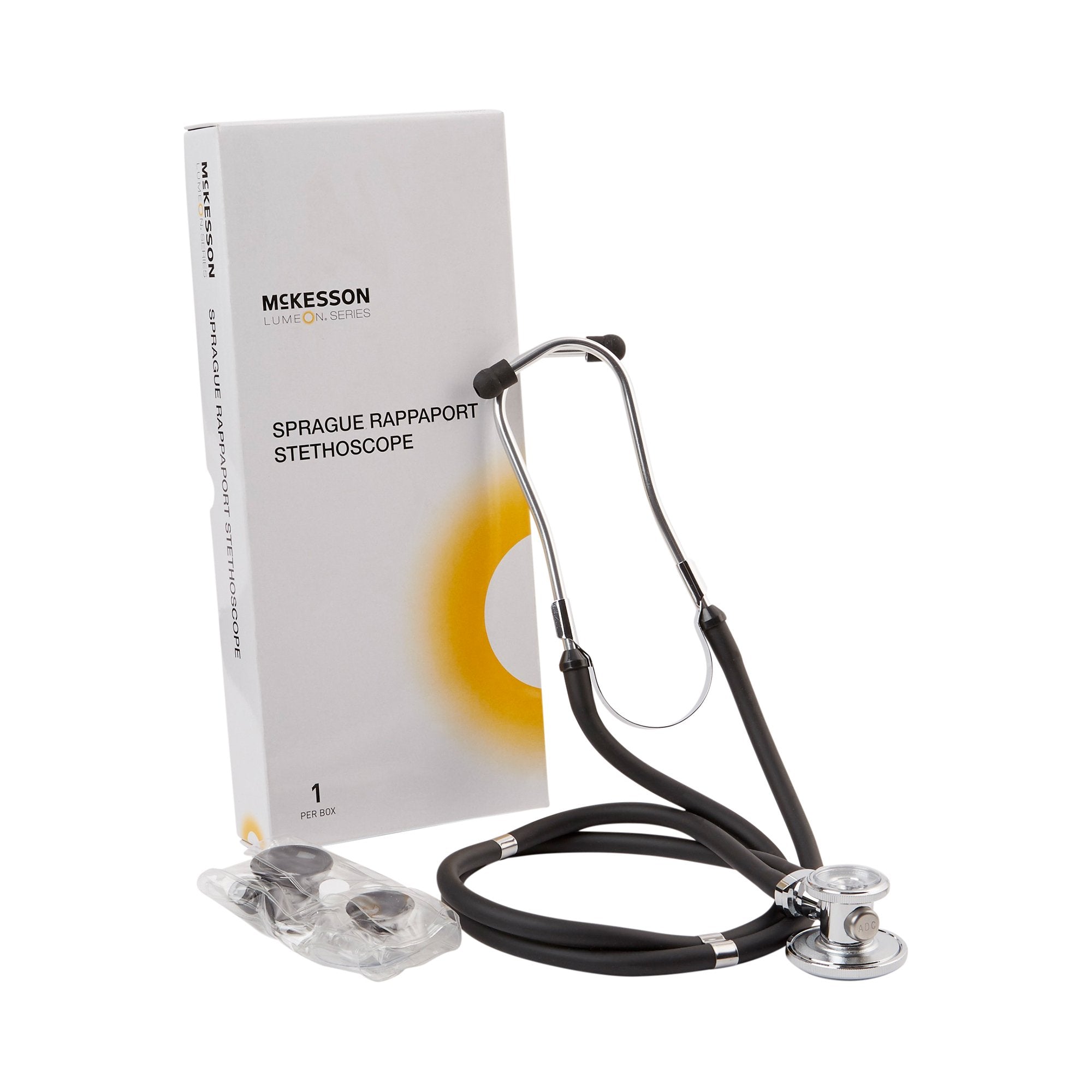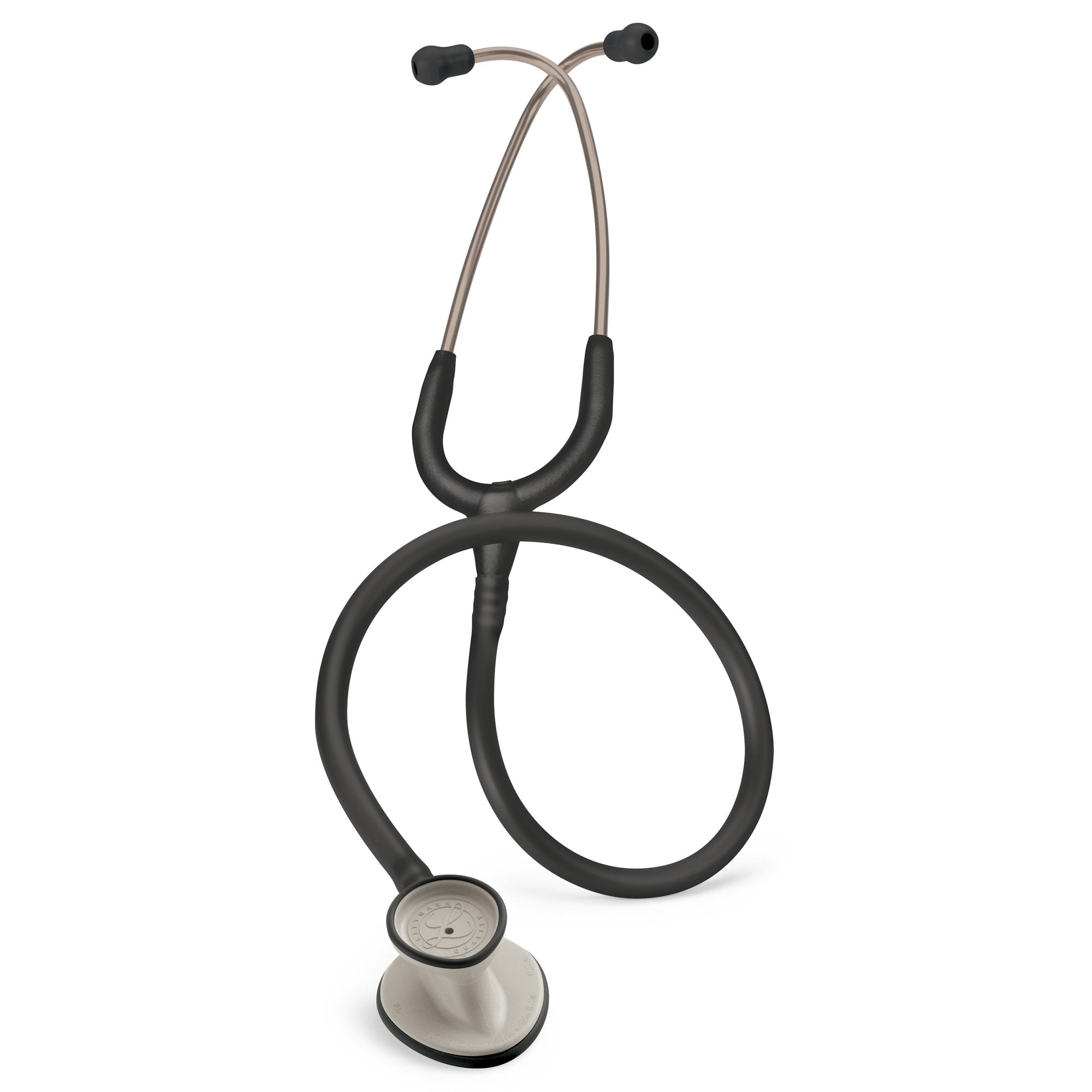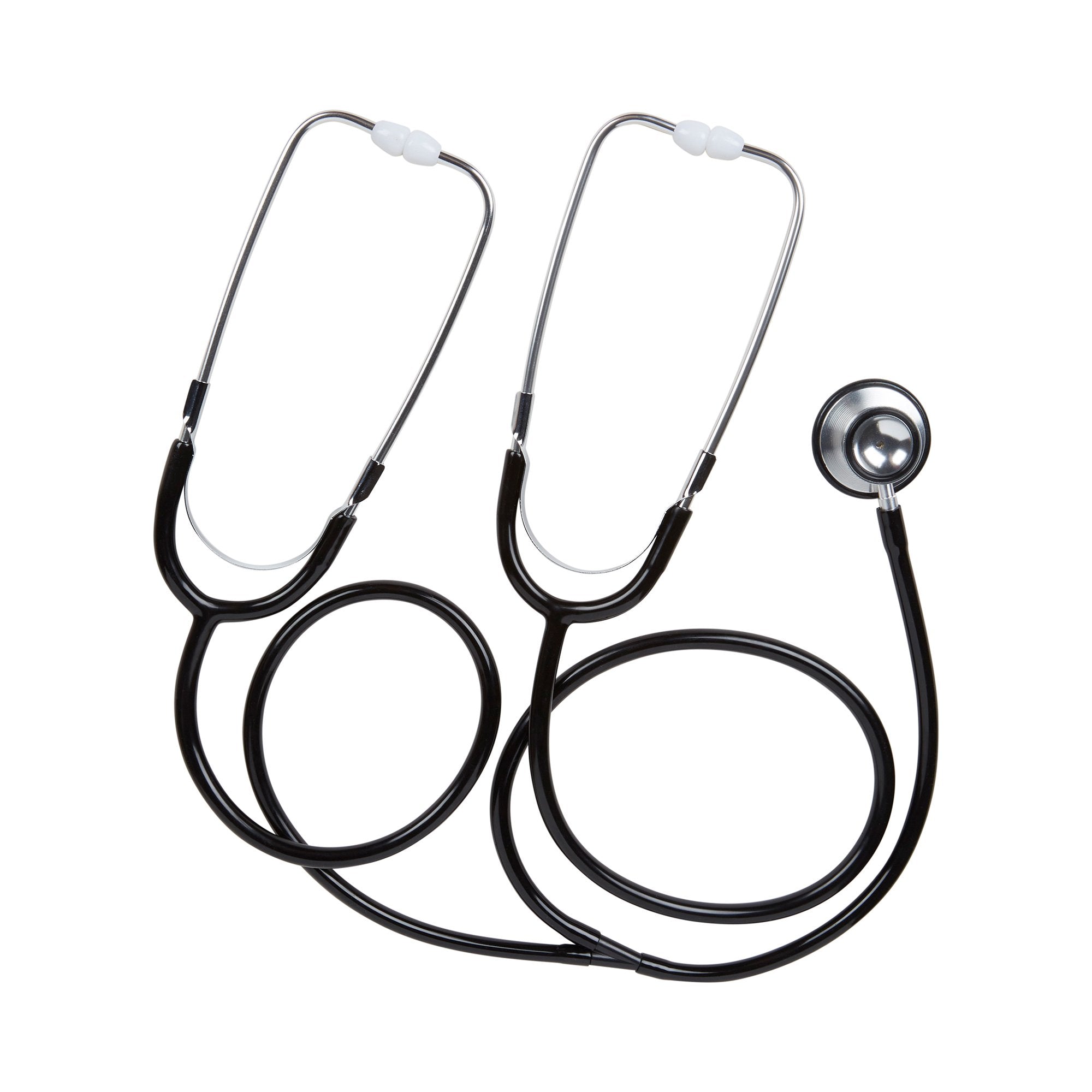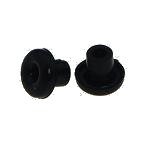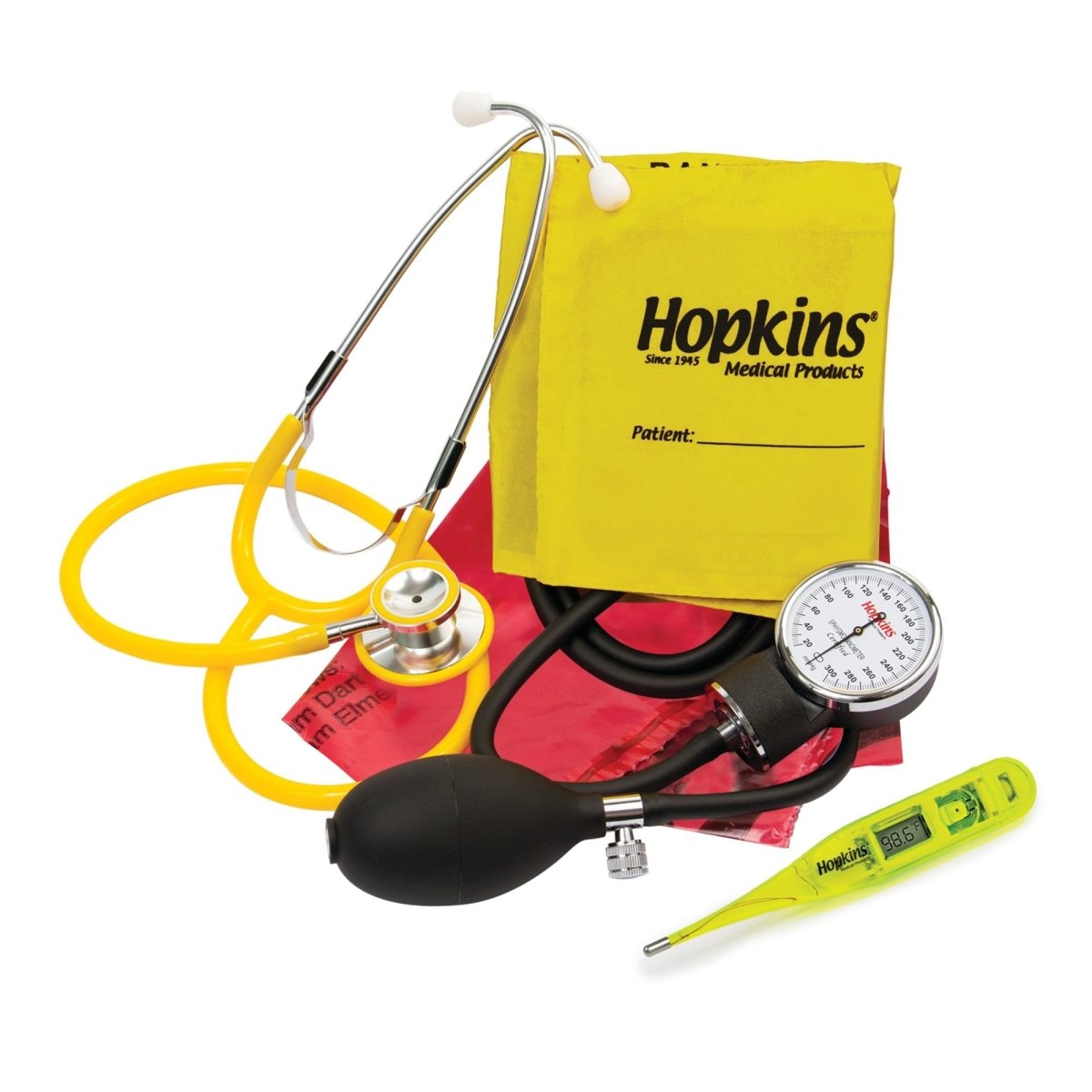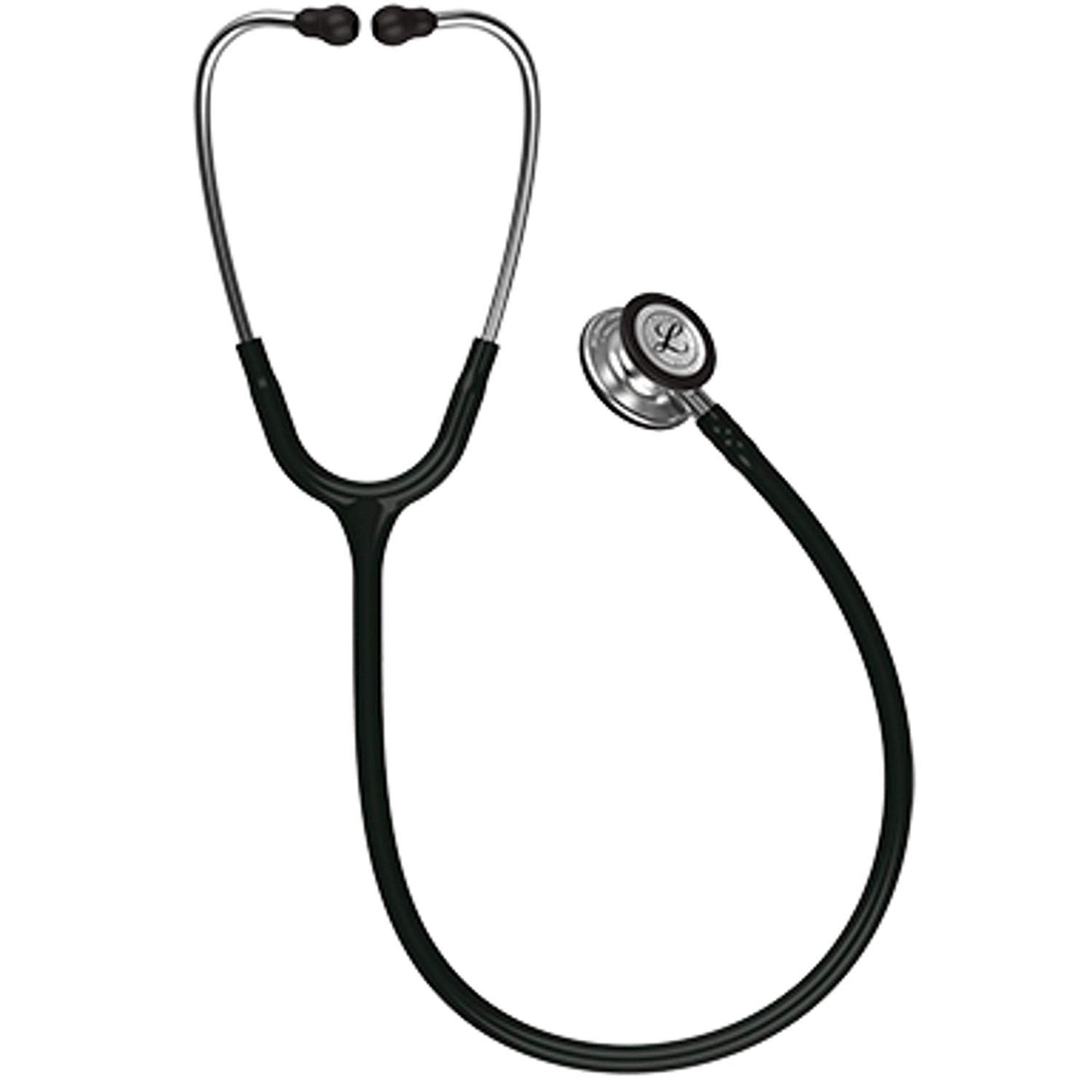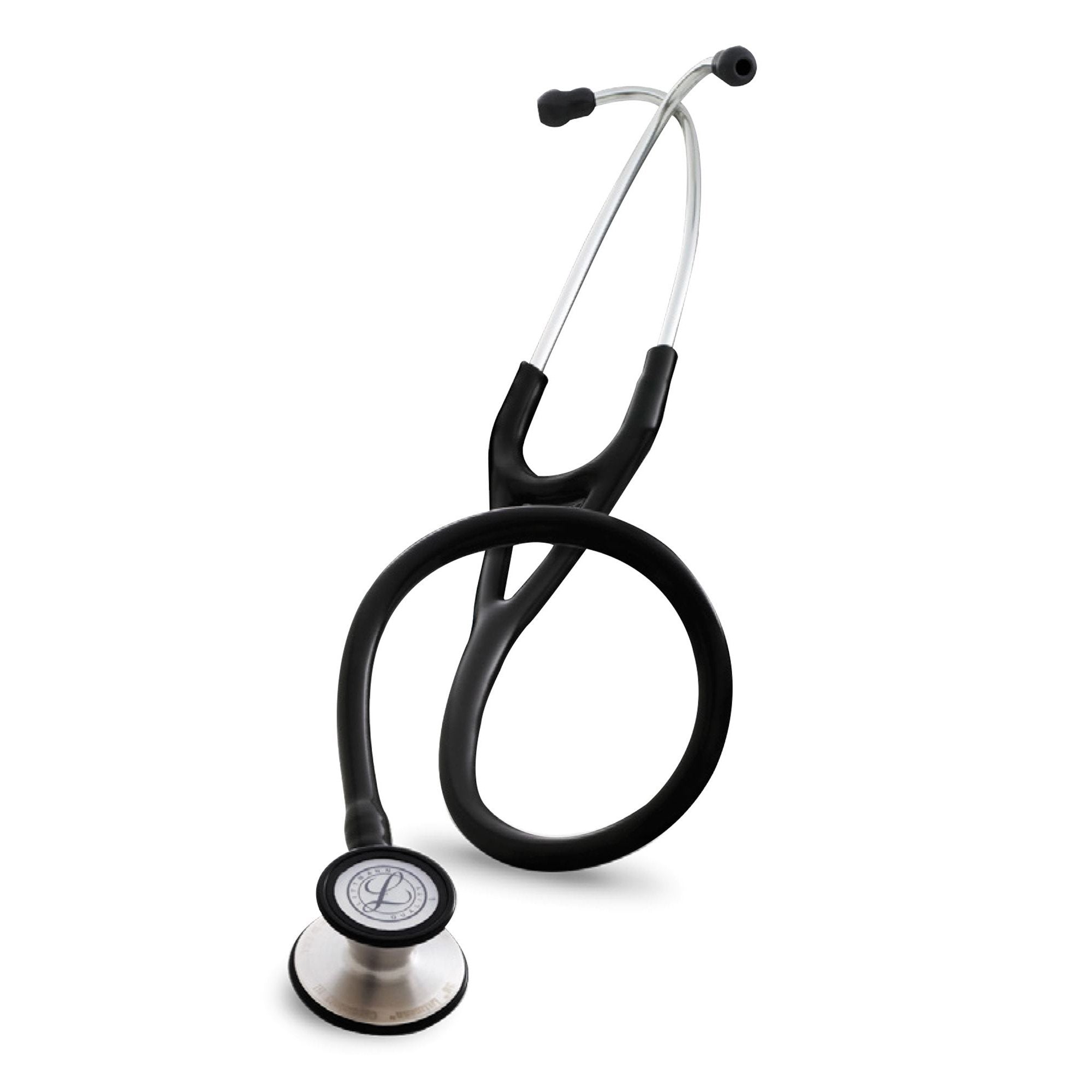Stethoscopes: Enhancing Medical Diagnosis with Precision
Welcome to our exceptional collection of Stethoscopes! Designed with utmost precision and advanced technology, our stethoscopes are essential tools for medical professionals, enabling accurate and reliable diagnoses. With a wide range of models tailored to different needs, we provide the finest selection of stethoscopes to enhance medical examinations and improve patient care.
High-quality stethoscopes
From seasoned physicians to aspiring medical students, our stethoscopes cater to professionals at every stage of their careers. Experience the power of exceptional acoustic performance, ergonomic design, and cutting-edge features, all packed into these essential medical instruments. Our commitment to excellence ensures that you receive the highest quality stethoscopes for confident and efficient medical assessments.
Frequently Asked Questions about Stethoscopes
Do you still have questions about Stethoscopes?
If we still haven't answered your question, you can contact us by phone or email and we will get back to you as soon as possible.


